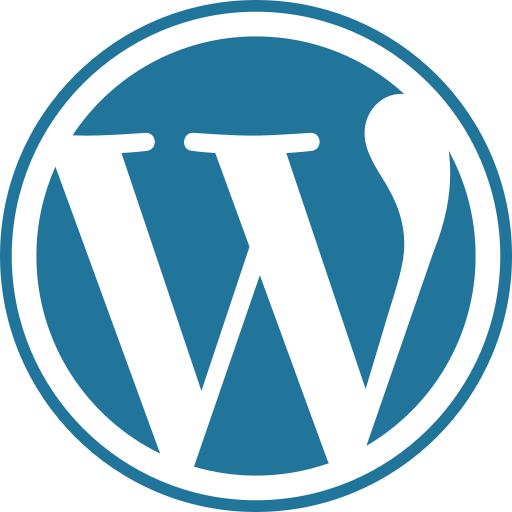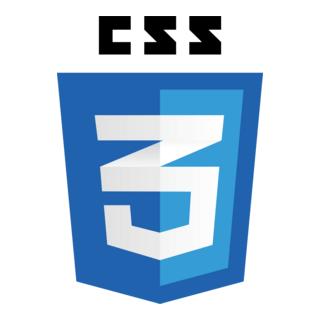ABOUT ME
I’m Adila, a Perth-based UX/Product Designer with 3+ years of experience designing for B2B and B2C products across Australia, Singapore, and Indonesia.
I’m passionate about crafting beautiful, intuitive interfaces that solve real problems and drive real outcomes. Whether it’s leading UX strategy, improving onboarding flows, or launching scalable design systems, I bring a mix of deep thinking, visual finesse, and business empathy to everything I do.
Fun fact: “Adila” means justice while “Ilma” means both light and water — and I try to bring both clarity, flow, and a strong sense of what’s right for users.
MY TOOLS STACK
Here's what I bring to the table ೃ⁀➷
Outside of design skills and UX research (which you’d expect anyway), here’s the good stuff.
Design Operations
Because life’s too short for bad processes
I hate inefficiency. I hate wasted time. I hate red tape that exists purely for the drama. When I see a bloated process, I’ll rip it apart and rebuild it leaner, quicker, and less painful for everyone.
Product & Systems Thinking
Pixels are cheap, thinking is priceless
I don’t do “just make it pretty.” I ask why — sometimes too many times — until I’m sure we’re solving the real problem. I dive into data, research, and the bigger picture. Pixels are cheap. Critical thinking isn’t.
UX Strategy
Figma can’t give you strategy
Got a UX strategy? Love that for you. Don’t have one? Even better — that’s my playground. Metrics, principles, goals, all tethered to business reality, not vibes on a Figma board. This isn’t guesswork, it’s hard-won experience. And I’ve done the hard yards.
UX Advocacy
Will argue for good design (and win)
People blink when I tell them I studied law. But it’s the best secret weapon in UX: advocacy, negotiation, winning the room. I grew up in debates and moot courts, so speaking up is my default setting. Bring me in, and you’re not just hiring a designer — you’re getting an advocate with receipts.
Parting words from my colleagues
The peak-end rule says we remember the strongest impression at the peak and the end. Here are the impressions I left with my colleagues.
Frequently Asked Questions
I get it — hiring’s risky. It's always a bit of a gamble and you've got a million resumes to skim. I'll make it easier for you. Think of this as your spoiler sheet ;)
Still got questions?
My inbox is always open.





















